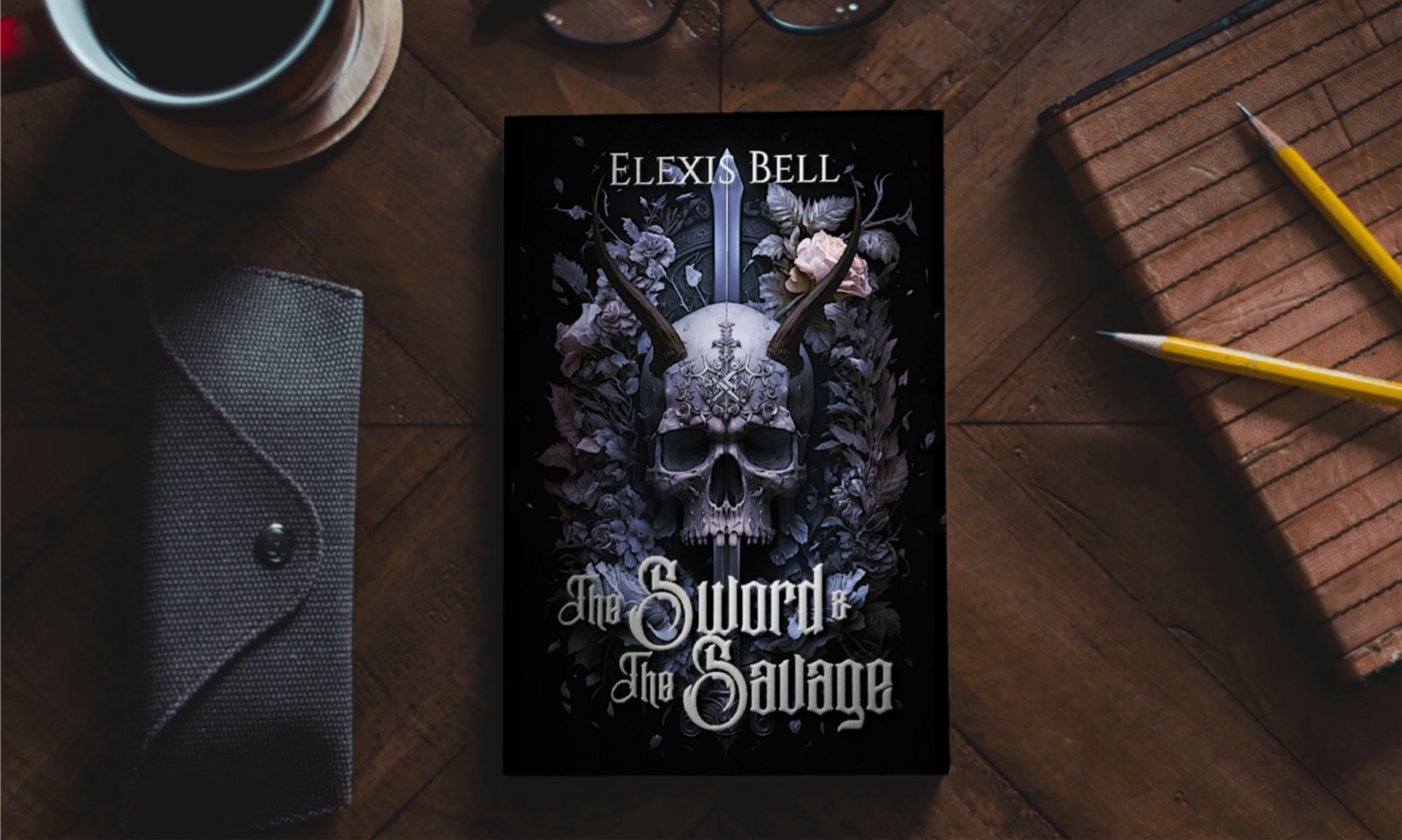It’s no secret that self-publishing gets a bad reputation. There’s this belief among people who don’t know better or people who’ve been burned by a self-published book or two that authors only self-publish if they aren’t good enough to land a book deal with a big agent or traditional publisher.
But that isn’t the case.
At least, not normally.
And therein lies the problem.
Self-publishing is a grueling, labor-intensive, valid publishing avenue, but there are some authors out there who abuse it and give it a bad reputation.
They look down on self-publishing, deeming it unworthy, a last resort. As such, when they get frustrated with the unbelievably long and grueling process of querying agents and traditional publishers, they just toss their story up on whatever self-publishing platform they can, with little to no research into what it takes to make a book presentable to the public. (Then get mad and diss self-publishing when their lack of forethought and preparation results in low sales or bad reviews.)
Janky formatting, no editing, hand-drawn covers (even if you’re a fantastic artist, hand-drawn art does not a book cover make)…
And readers notice.
They see these books and worry that spending more of their hard-earned money on other indie authors might get them the same subpar products.
But that isn’t the case.
Most indie authors care greatly for their books and spend as much, if not more, time getting them ready for publication than they do writing them. Many indie authors spend literal tons of money on editing and cover design and formatting, on ISBNs and copyright registrations and websites, on classes and books to study their craft.
The vast majority of indie authors chose self-publishing. For the freedom it offers in publishing schedules, genre mash-up opportunities, creative license, and so many other things. For the ability to control exactly what they’re putting out into the world, because traditional publishers get the last say on everything.
Self-publishing isn’t a last resort.
Any who believe it to be are woefully under-informed, because this is a path to be chosen, a path that requires a great deal of extra effort in a lot of very different fields.
But there’s one more cause for the bad reputation.
The authors who get their work good *enough* and just throw it out there. Some bank (literally) on advertising with a good hook to sell the books anyway and some just don’t care.
And though they make up only a small portion of indie authors, they do some damage. Readers remember when they get burned. They remember, and they tell their friends.
So please, before you self-publish, do your research. Take the time to decide if this is the right path for you. Take the time to improve your work before publishing.
If you won’t do it for you, then do it for the indie authors out there busting ass to turn out the best work they possibly can.
Want to help fund this blog and my writing efforts? You can support me directly here.
Check out my gritty, literary sci-fi and fantasy books here.
Subscribe for sneak peeks and updates on my upcoming books (and get a free short story).
